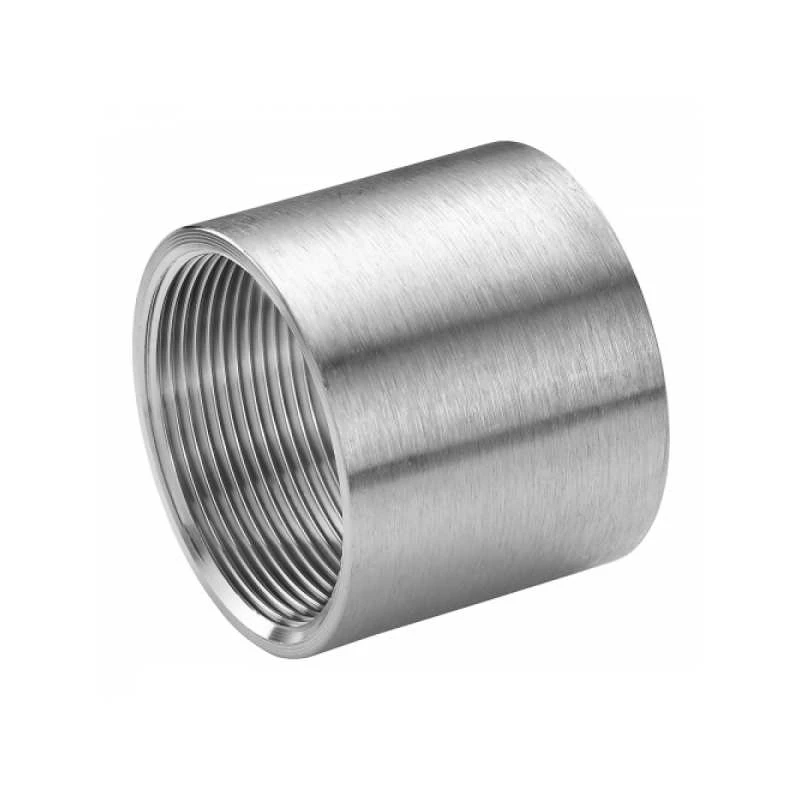-
Cangzhou Yulong Steel Co., Ltd.
-
Phone:
+86 13303177267 -
Email:
admin@ylsteelfittings.com
- English
- Arabic
- Italian
- Spanish
- Portuguese
- German
- kazakh
- Persian
- Greek
- French
- Russian
- Polish
- Thai
- Indonesian
- Vietnamese
- Zulu
- Korean
- Uzbek
- Hindi
- Serbian
- Malay
- Ukrainian
- Gujarati
- Haitian Creole
- hausa
- hawaiian
- Hebrew
- Miao
- Hungarian
- Icelandic
- igbo
- irish
- Japanese
- Javanese
- Kannada
- Khmer
- Rwandese
- Afrikaans
- Albanian
- Amharic
- Armenian
- Azerbaijani
- Basque
- Belarusian
- Bengali
- Bosnian
- Bulgarian
- Catalan
- Cebuano
- China
- China (Taiwan)
- Corsican
- Croatian
- Czech
- Danish
- Esperanto
- Estonian
- Finnish
- Frisian
- Galician
- Georgian
- Kurdish
- Kyrgyz
- Lao
- Latin
- Latvian
- Lithuanian
- Luxembourgish
- Macedonian
- Malgashi
- Malayalam
- Maltese
- Maori
- Marathi
- Mongolian
- Myanmar
- Nepali
- Norwegian
- Norwegian
- Occitan
- Pashto
- Dutch
- Punjabi
- Romanian
- Samoan
- Scottish Gaelic
- Sesotho
- Shona
- Sindhi
- Sinhala
- Slovak
- Slovenian
- Somali
- Sundanese
- Swahili
- Swedish
- Tagalog
- Tajik
- Tamil
- Tatar
- Telugu
- Turkish
- Turkmen
- Urdu
- Uighur
- Welsh
- Bantu
- Yiddish
- Yoruba

Sep . 17, 2024 08:58 Back to list
High-Quality Steel Threaded Pipe Fittings for Reliable Plumbing Solutions
Understanding Steel Threaded Pipe Fittings
Steel threaded pipe fittings are essential components in various piping systems, offering secure connections that are critical for the integrity and efficiency of fluid transport. These fittings are crafted from high-quality steel, which provides excellent strength, durability, and resistance to environmental factors, making them suitable for a wide range of applications.
Types of Steel Threaded Pipe Fittings
There are several types of steel threaded pipe fittings, each designed for specific functions within a piping system. The most common types include
1. Elbows These fittings allow for changes in direction within a piping system, typically at angles of 90 or 45 degrees. They are crucial for navigating around obstacles or in tight spaces.
2. Tees Tees are used to create branch lines from the main pipeline. They come in various configurations, such as equal tees, where the branch is the same size as the main line, and reducing tees, where the branch is smaller.
3. Couplings Couplings are utilized to connect two pipe ends together, allowing for continuous flow within the system. They are available in both male and female threads to accommodate different pipe sizes.
4. Caps and Plugs Caps and plugs are used to seal the ends of pipes. Caps cover the entire end of a pipe, while plugs fit inside the pipe. These fittings are essential for preventing leaks and ensuring the safety of the system.
5. Bushings Bushings are used to connect pipes of different diameters. They fit into a larger thread and provide a transition to a smaller one, helping to manage flow and pressure.
steel threaded pipe fittings

Materials and Coatings
While the primary material for threaded pipe fittings is steel, there are variations based on the required application. Carbon steel is commonly used due to its strength and cost-effectiveness. Stainless steel fittings offer superior corrosion resistance, making them ideal for applications involving water, steam, or chemicals.
In certain environments, additional coatings may be applied to enhance the durability of steel fittings. Galvanization, for example, involves coating the steel with zinc to protect against rust and other forms of corrosion. Similarly, epoxy coatings can provide a barrier against moisture and chemical exposure.
Installation and Maintenance
Proper installation of steel threaded pipe fittings is crucial for ensuring leak-free connections. The threads need to be cleaned and inspected for any defects before assembly. Teflon tape or pipe joint compound is often used on the threads to seal the connection and prevent leaks. It is important to avoid over-tightening, which can lead to stripping of the threads or cracking of the fitting.
Regular maintenance checks are essential for identifying any signs of damage or wear. Fittings should be inspected for leaks, corrosion, and any changes in pressure that may indicate a problem in the piping system.
Applications
Steel threaded pipe fittings are widely used across various industries, including oil and gas, water treatment, chemical processing, and construction. Their versatility and strength make them ideal for both high-pressure and low-pressure applications. Whether in residential plumbing or industrial pipelines, these fittings play a crucial role in ensuring smooth and safe operation.
In conclusion, steel threaded pipe fittings are fundamental components of piping systems, recognized for their durability and reliability. Understanding their types, materials, and proper maintenance can enhance their performance in various applications, making them invaluable in today’s infrastructure.
Latest news
-
ANSI 150P SS304 SO FLANGE
NewsFeb.14,2025
-
ASTM A333GR6 STEEL PIPE
NewsJan.20,2025
-
ANSI B16.5 WELDING NECK FLANGE
NewsJan.15,2026
-
ANSI B16.5 SLIP-ON FLANGE
NewsApr.19,2024
-
SABS 1123 FLANGE
NewsJan.15,2025
-
DIN86044 PLATE FLANGE
NewsApr.19,2024
-
DIN2527 BLIND FLANGE
NewsApr.12,2024
-
JIS B2311 Butt-Welding Fittings LR/SR 45°/90° /180°Seamless/Weld
NewsApr.23,2024











